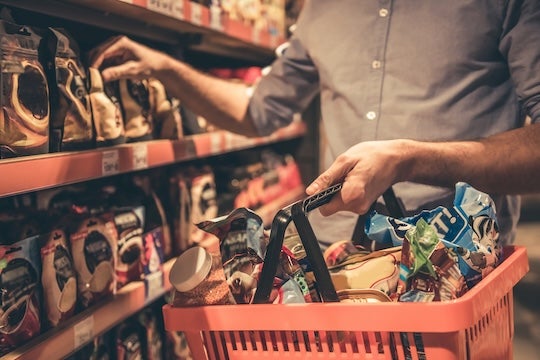Millions of consumers who apply for a loan to buy a house or car or start a business can’t qualify — even if they’re likely to pay it back. That’s because many lack a key piece of financial information: a credit score.
The problem isn’t just isolated to emerging economies. Exclusion from the financial system is a major issue in the United States, too, where some 45 million adults may be denied access to loans because they don’t have a credit history and are “credit invisible.”
To improve access to loans and people’s economic mobility, lenders have started looking into alternative data sources to assess a loan applicant’s risk of defaulting. These include bank account transactions and on-time rental, utility and mobile phone payments.
A new paper published in Management Science by Jung Youn Lee, assistant professor of marketing at Rice University’s Jones Graduate School of Business, and colleagues from University of Notre Dame and Northwestern University identifies an even more widespread data source that could broaden the pool of qualified applicants: grocery store receipts.
As metrics for predicting credit risk, the researchers found that the types of food, drinks and other products consumers buy, and how they buy them, are just as good as a traditional credit score.
“There could be privacy concerns when you think about it in practice,” Lee says, “so the consumer should really have the option and be empowered to do it.” One approach could be to let consumers opt in to a lender looking at their grocery data as a second chance at approval rather than automatically enrolling them and offering an opt-out.
To arrive at their findings, the researchers analyzed grocery transaction data from a multinational conglomerate headquartered in a Middle Eastern country that owns a credit card issuer and a large-scale supermarket chain. Many people in the country are unbanked. They merged the supermarket’s loyalty card data and issuer’s credit card spending and payment history numbers, resulting in data on 30,089 consumers from January 2017 to June 2019. About half had a credit score, 81% always paid their credit card bills on time, 12% missed payments periodically and 7% defaulted.

The researchers first created a model to establish a connection between grocery purchasing behavior and credit risk. They found that people who bought healthy foods like fresh milk, yogurt and fruits and vegetables were more likely to pay their bills on time, while shoppers who purchased cigarettes, energy drinks and canned meat tended to miss payments. This held true for “observationally equivalent” individuals — those with similar income, occupation, employment status and number of dependents. In other words, when two people look demographically identical, the study still finds that they have different credit risks.
People’s grocery-buying schedules play a factor in their likelihood to pay their bills on time, too. For example, cardholders who consistently paid their credit card bill on time were more likely to shop on the same day of the week, spend similar amounts across months and buy the same brands and product categories.
The researchers then built two credit-scoring predictive algorithms to simulate a lender’s decision of whether or not to approve a credit card applicant. One excludes grocery data inputs, and the other includes them (in addition to standard data). Incorporating grocery data into their decision-making process improved risk assessment of an applicant by a factor of 3.11% to 7.66%.
Furthermore, the lender in the simulation experienced a 1.46% profit increase when the researchers implemented a two-stage decision-making process — first screening applicants using only standard data, then adding grocery data as an additional layer.
One caveat to these findings, Lee and her colleagues warn, is that the benefit of grocery data falls sharply as traditional credit scores or relationship-specific credit histories become available. This suggests the data could be most helpful for consumers new to credit.
Overall, however, this could be a win-win scenario for both consumers and lenders. “People excluded from the traditional credit system gain access to loans,” Lee says, “and lenders become more profitable by approving more creditworthy people.”
“Using Grocery Data for Credit Decisions” was authored by Lee, Joonhyuk Yang and Eric Anderson.
This article originally appeared in Rice Business Wisdom and was lightly edited for Rice News.

